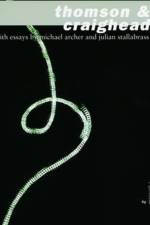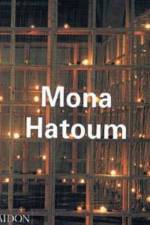- How Marine Corps Captain Mirza Munir Baig Saved Khe Sanh
av Michael Archer
251
Recipient of the MARINE CORPS HERITAGE FOUNDATION'S 2019 COLONEL JOSEPH ALEXANDER AWARD for a distinguished book of biographical literature about a Marine "recognizing exemplary work that furthers the understanding of Marine Corps history, traditions, culture and service.IN THE EARLY MONTHS OF 1968, U.S. forces were tenaciously fighting, often in mortal, hand-to-hand combat in the dead of night, to hold on to Khe Sanh Combat Base, and its scattered outposts, against equally tenacious soldiers of the North Vietnamese Army, who outnumbered the Americans 5 to 1, and were determined to destroy them. With a few grim exceptions, the Americans successfully held their positions. But, what few know, even to this day, is the end result would have been far more disastrous had it not been for as small band of resourceful officers in the Khe Sanh command bunker, responsible for gauging what this overwhelming attack force of North Vietnamese infantry, tanks and artillery was going to do next, then hastily devising imaginative schemes to stop them--with no room for error. Prominent among them was thirty-six-year-old, Marine Corps Captain Mirza Munir Baig, a scholarly, Cambridge-educated, immigrant from India. His unique combination of classical education, years of counterintelligence work in helping develop spy networks deep into North Vietnam, and an incomparable expertise in the use of field artillery, enabled the enigmatic Baig--like a chess grand master--to "get into the heads" of enemy tacticians, including the legendary General Vo Nguyen Giap, and anticipate their every move. Author Michael Archer worked alongside this remarkable, eccentric officer throughout that bitter ten-week siege, and, with the help of later-declassified American and Vietnamese military records and memoirs, leaves little doubt that Captain Baig's presence at Khe Sanh was critical to saving thousands of his fellow defenders from death or captivity--and averting one of the gravest military defeats in American history. This accomplishment was largely the result of Captain Baig's early recognition that, contrary to what many still believe today, North Vietnamese forces arrayed against Khe Sanh were not an elaborate deception to divert American troops away from fighting elsewhere; rather, the result of a ruinous obsession by leaders in Hanoi, in which they would sacrifice thousands of their finest soldiers, to replicate the stunning victory they had achieved against the French combat base at Dien Bien Phu fourteen years earlier. As he went about his deadly work, Baig also had a personal agenda, driven by his need to erase the only stain on an otherwise celebrated family military tradition dating back centuries to the Mongol conquest of the Western Himalayas. In that sense, Mirza Munir Baig had been rehearsing his entire life to step on to a stage like Khe Sanh and influence the course of history.








